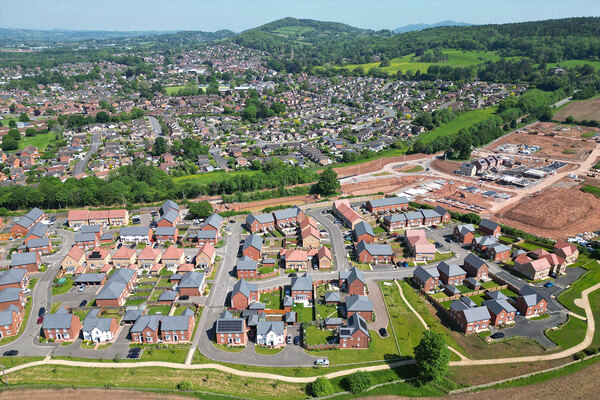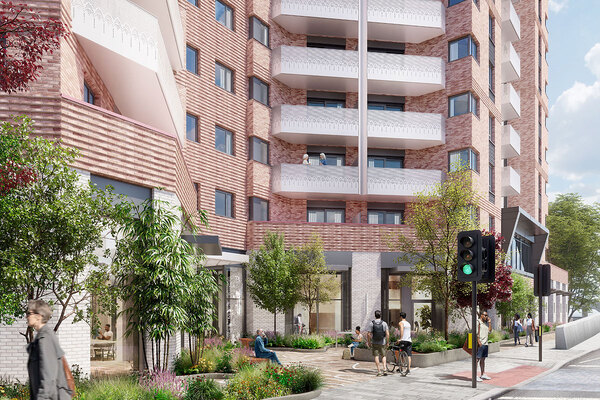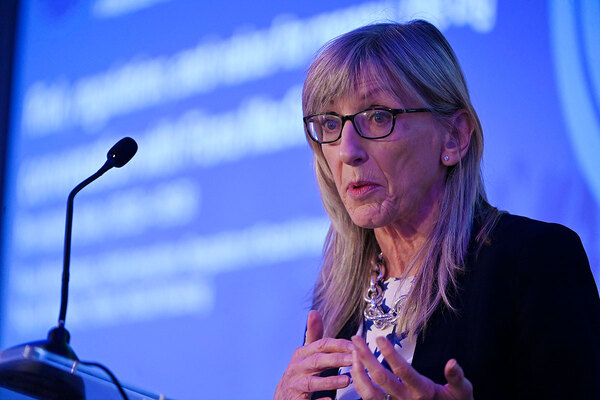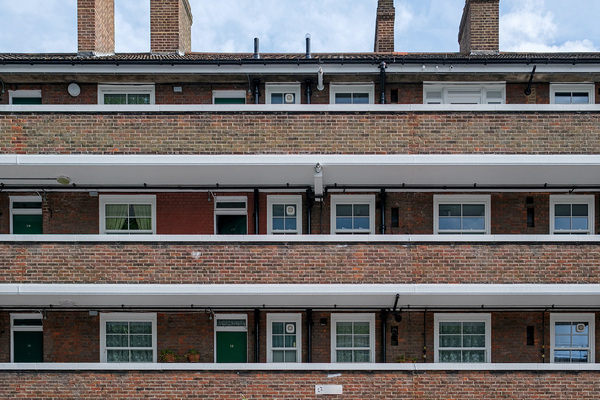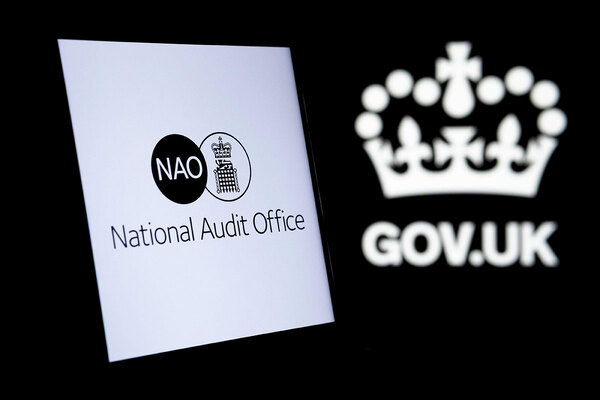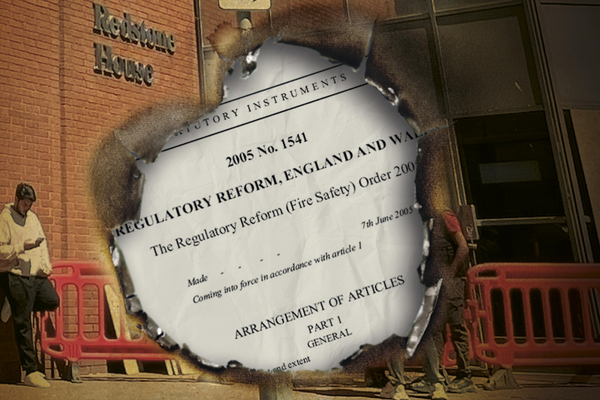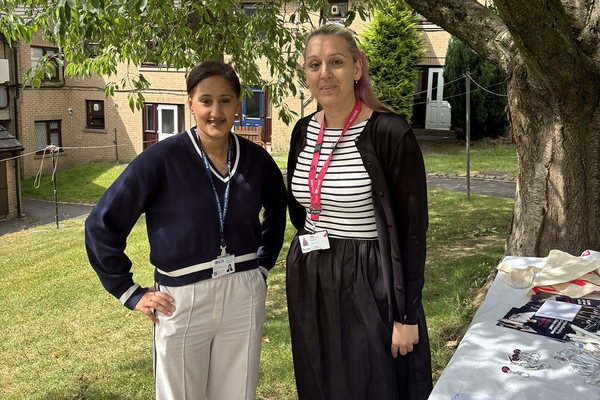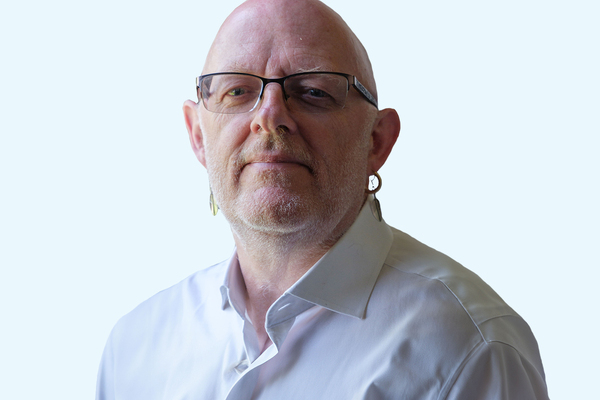You are viewing 1 of your 1 free articles
Figures reveal 8% annual rise in homeless households in Northern Ireland
The number of Northern Irish households with homeless status has risen by 8% year on year, reaching a new record high, government figures reveal.
As of March 2025, the total number of applicants with homeless status reached 31,719, the Department for Communities’ (DfC) quarterly data showed, up from 29,394 a year earlier. Over the past decade, the total has soared – from 13,644, an increase of 132%.
The new statistics were published days after the Northern Ireland Federation of Housing Associations (NIFHA) urged the Northern Irish government to “step up” with multiyear funding for new social homes.
Providing more “social, affordable and sustainable” housing is a key commitment for the Northern Ireland Executive. But initial funds allocated this year will support the delivery of only around 1,000 new social homes, about half the national target.
Overall, there were 49,083 households on Northern Ireland’s social housing waiting list as of March 2025, up 25% from the 39,338 on the list in March 2015.
Of the total waiting list, 13,524 applicants were in Belfast, where 9,975 households had homeless status as of March 2025.
As with the national figures, the number of homeless households in the capital has more than doubled over the past decade, up 119% from 2015 when there were 4,557.
Meanwhile, Derry and Strabane Council area recorded 4,437 households with homeless status as of March (a 121% increase since 2015) and then Newry, Mourne and Down had 2,803 homeless households (up 112%).
Nicola McCrudden, chief executive of the Homeless Connect sector membership body, said: “Across every council area, too many families and individuals are finding themselves locked out of access to social and genuinely affordable housing.
“People have no other option but to enter the homelessness system with all the consequences this can have for them and their families,” she added.
Ms Crudden said she welcomed the government’s commitment to social homes but added that the disparity between targets and available budget “shortchanges housing”.
“Without these [new] social homes, this trend will only continue to worsen with the social, economic and relational consequences this has for those impacted,” she said. “We urge the executive to use every lever available to them to find the resources needed to deliver on the social housing we need to see.
“Budgets passed by the executive and the assembly must align with the priorities set out in the Programme for Government,” Ms Crudden added. “Without the funding needed, these priorities will be unattainable, another castle in the sky for government here.”
Last week, a DfC spokesperson told Inside Housing that housing minister Gordon Lyons “supports multiyear budgets to enable housing associations to plan effectively”.
“This year, the minister has allocated over 80% of available funding to the Social Housing Development Programme, targeting 900-1,000 new homes,” the spokesperson said.
“The minister recognises this is still significantly short of the target and bids will be submitted in-year to the Department of Finance to address the shortfall of funding to meet this Programme for Government key pillar.”
The DfC has also said it backs a "strategic shift to homelessness prevention", pointing to the Northern Ireland housing executive’s dedicated homeless prevention budget.
Sign up for our Northern Ireland bulletin
Already have an account? Click here to manage your newsletters
Latest stories


